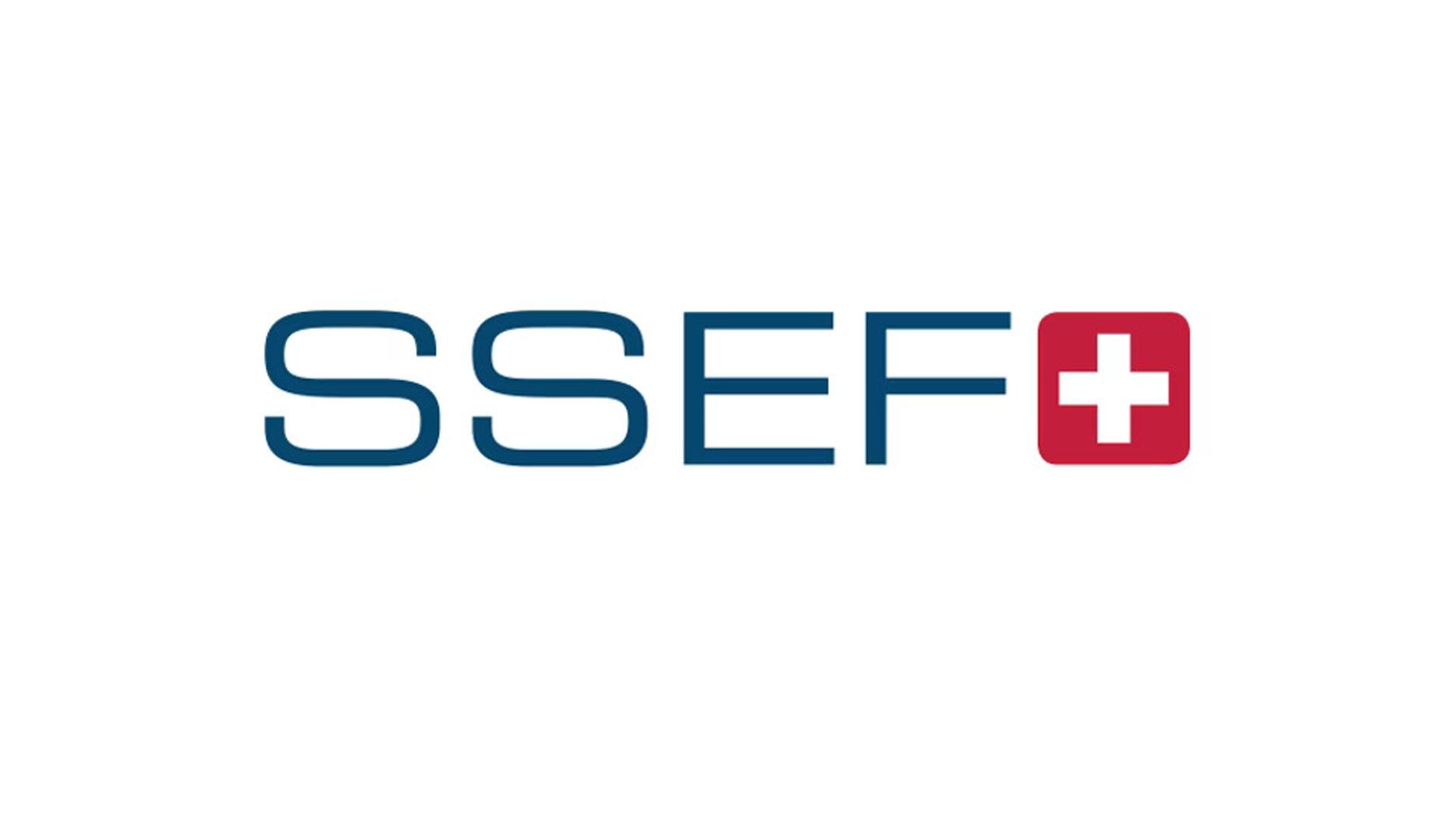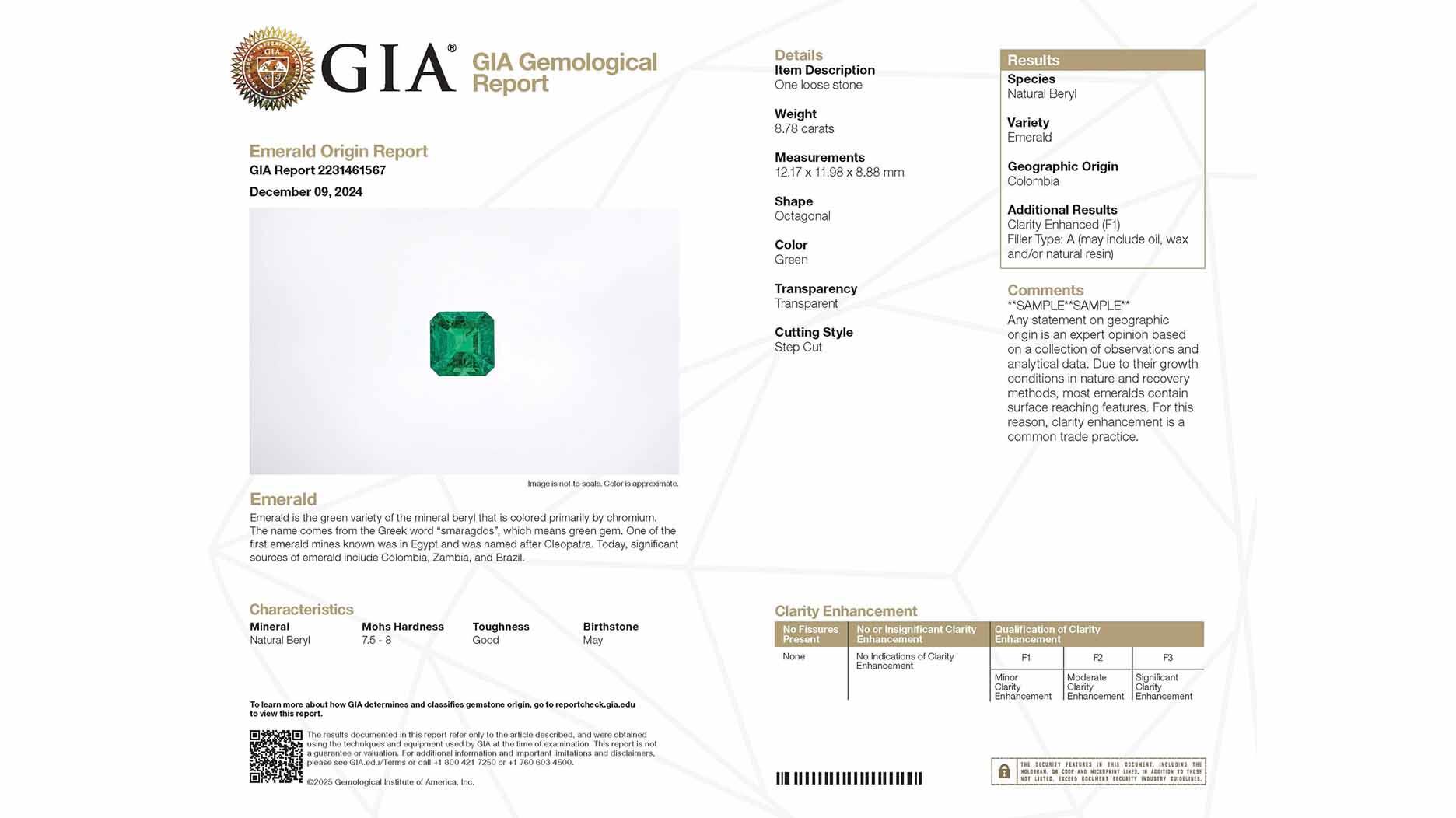The special-edition egg pendant ingested in a New Zealand jewelry store was recovered after a six-day wait.
GIA bans client for alleged false inscriptions
The Gemological Institute of America is no longer grading stones from one Indian company after that company allegedly submitted multiple diamonds inscribed with report numbers for other stones.
New York--The Gemological Institute of America has cut off a client in India for allegedly submitting diamonds that had been fraudulently inscribed, a letter shared with National Jeweler reveals.
Addressed to Ramesh B. Vala of Surat, India-based Cristy Gems and signed by the GIA’s Tom Moses, the letter states that GIA “reasonably suspects” that Cristy has submitted multiple stones to the lab inscribed with report numbers for other diamonds. The inscriptions were not done by the GIA.
The letter goes on to state that these submissions have “occurred on a number of occasions, indicating a pattern of intentional conduct.” As a result, the GIA stated in the letter that it is closing Cristy Gems’ account, along with four other accounts with which it believes Cristy is associated, and will no longer be accepting any items from the company. Vala, his company and related companies also are barred from opening new accounts with the GIA.
A request for comment sent via email to the letter’s recipient went unanswered.
The GIA verified Monday that the letter to Cristy Gems did indeed come from them but declined to provide any further details on the case.
According to the letter, two of the accounts submitted their stones to the GIA via Rapaport India, a lab direct business that prepares goods and does take-in, marketing and collects payment for the GIA in India.
Ezi Rapaport said Tuesday that Rapaport India will, of course, no longer be accepting stones from these companies for submission to the GIA and that the companies also have been suspended indefinitely from RapNet, the Rapaport Group’s diamond trading network.
This report of alleged misconduct is the latest in a line regarding fraudulent submissions that are being caught by the industry’s grading labs.
Back in November, the GIA announced that it was suspending its sealing service indefinitely after receiving a sealed diamond for verification that did not match the grading report packaged with it. GIA spokesman Stephen Morriseau said Monday that the sealing service remains suspended.
The GIA also announced at that time that it would no longer issue duplicate grading reports after receiving some diamonds with duplicate reports that did not match the stone.
This past spring, the GIA cut off four clients linked to hundreds of stones submitted with a mysterious color treatment that improves their color by as much as three grades but fades over time.
Diamonds that underwent what is believed to be the same color treatment also surfaced at the International Gemological Institute’s lab in Antwerp.
IGI CEO Roland Lorie said what is known about the treatment at this time is that it is a simple coating that dissolves immediately when the diamond is thoroughly cleaned with alcohol or boiled. Even if neither of these happen the treatment still most likely will fade over time, though the lab does not yet know exactly how long organic fading takes.
What makes it difficult to make determinations about this mystery coating is the fact that by the time the lab suspects something has been done to the stone, “it’s usually too late” to make any determination about what exactly it was, Lorie added.
The Latest

Associate Editor Natalie Francisco plays favorites with Piece of the Week, selecting a standout piece of jewelry from each month of 2025.

The “Love and Desire” campaign is inspired by the magic that follows when one’s heart leads the way, said the brand.

How Jewelers of America’s 20 Under 40 are leading to ensure a brighter future for the jewelry industry.

Berta de Pablos-Barbier will replace Alexander Lacik at the start of January, two months earlier than expected.


Sotheby’s held its first two jewelry sales at the Breuer building last week, and they totaled nearly $44 million.

Winners will receive free registration and lodging for its fourth annual event in Detroit.

Roseco’s 704-page catalog showcases new lab-grown diamonds, findings, tools & more—available in print or interactive digital editions.

Here are six ideas for making more engaging content for Instagram Reels and TikTok, courtesy of Duvall O’Steen and Jen Cullen Williams.

The honorees include a notable jewelry brand, an industry veteran, and an independent retailer.

Carlos Jose Hernandez and Joshua Zuazo were sentenced to life without the possibility of parole in the 2024 murder of Hussein “Sam” Murray.

Yood will serve alongside Eduard Stefanescu, the sustainability manager for C.Hafner, a precious metals refiner in Germany.

The New Orleans jeweler is also hosting pop-up jewelry boutiques in New York City and Dallas.

Set in a Tiffany & Co. necklace, it sold for $4.2 million, the highest price and price per carat paid for a Paraíba tourmaline at auction.

The jeweler’s “Deep Freeze” display showcases its iconic jewelry designs frozen in a vintage icebox.

Take luxury gifting to new heights this holiday season with the jeweler’s showstopping 12-carat sphene ring.

This year's theme is “Unveiling the Depths of the Ocean.”

In its annual report, Pinterest noted an increase in searches for brooches, heirloom jewelry, and ‘80s luxury.

The 111-year-old retailer celebrated the opening of its new location in Salem, New Hampshire, which is its third store in the state.

The new catalog features its most popular chains as well as new styles.

The filmmaker’s personal F.P. Journe “FFC” prototype was the star of Phillips’ recent record-setting watch auction in New York.

The new location in the Design District pays homage to Miami’s Art Deco heritage and its connection to the ocean.

Inflations, tariffs, and politics—including the government shutdown—were among consumers’ top concerns last month.

“Longtime favorite” presenters, as well as first-time speakers, will lead talks and workshops at the annual event in Tucson next year.

Silas Smith of Meridian Metalworks won the challenge with his pendant that blends Australian and American landscapes.

The sale of the 31.68-carat, sunset-hued stone was part of Sotheby’s first series of events and auctions in Abu Dhabi.

Most customers who walk into your store this month have made up their minds. Your job is to validate their choice, Emmanuel Raheb writes.



























